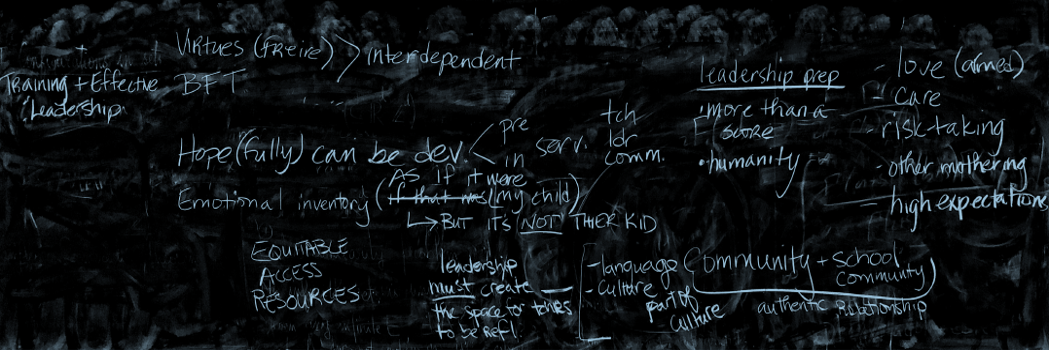Aight, So Boom, we know that Brown V Board was supposed to integrate schools, and we then know Brown V Board II was enacted because Brown V Board was failing. Brown V board attempted to address the failings of Brown V Board by mandating bussing programs that were notorious in cities such as Boston, LA, and Chicago. However, even with all of these integration policies, schools are more segregated than they were shortly after the passing of Brown V Board II in 1969 (Tatum, 2017). Being cognizant of this knowledge and having read the Horsford (2020, 2021) works, the real question that begs asking is, how do we create willful yet equitable separation or affinity schooling options? Evidence shows time and time again that most black students have better educational outcomes when taught in Black schools (Du Bois, 1935; Gaines, 2004; Horsford, 2011).
How do we get whites liberals (and conservatives) to allow for segregated yet equitable schools? Many have a counter-question, would not this practice allow white families to segregate their white children into all-white schools in an attempt to hoard academic and economic resources? While the question is a valid question, I wonder if the practices proposed in the counter-question are not already being practiced by white families. Don’t many affluent white families either send their kids to expensive private schools or move into communities where many Blacks can’t afford to live, thus already segregating schools? Thus, there should not be such objection to segregated schools. It seems that the objection only comes into play when segregation isn’t controlled by white liberals. However, why do the white liberals not object to HBCUs? Why is it that we can accept that there are HBCUs and PWIs in academia, but we struggle with this concept in k-12 spaces?
One possible solution is for Black and Brown urban communities where overcrowded schools are an issue, a community board can get together with local and state school officials to construct plans for an affinity school within their district that is primarily for X affinity group but does not exclude anyone from attending, as is the case with HBCUs. This way school overcrowding can be reduced, and communities can have the option to send their kids to schools that represent and support them in meaningful ways.



